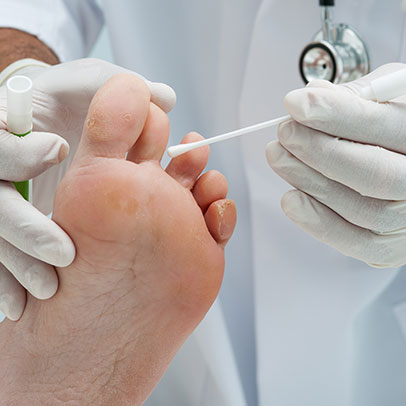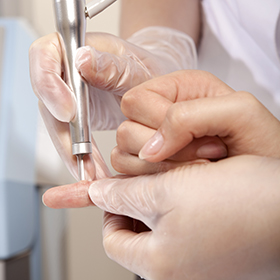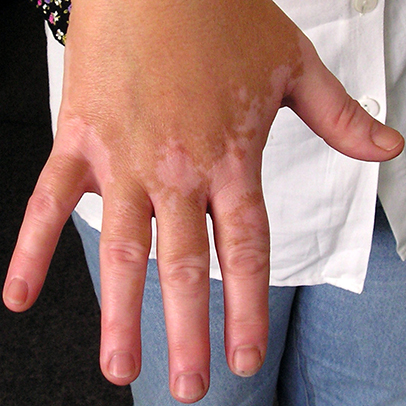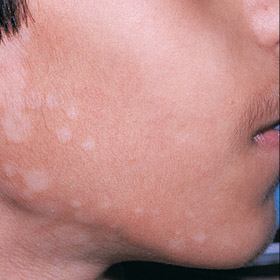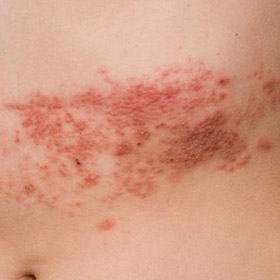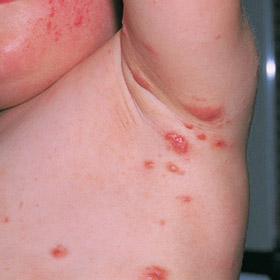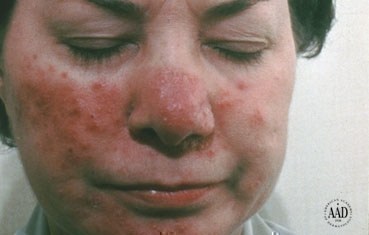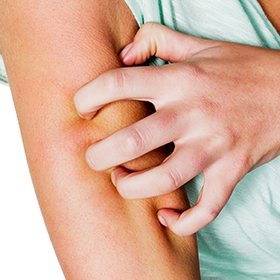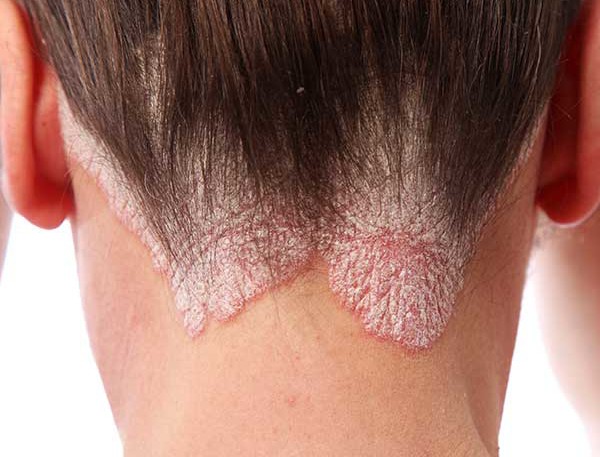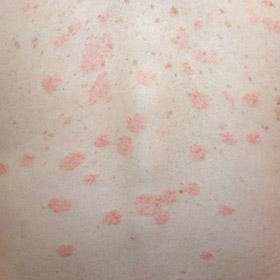Athlete’s Foot
Athlete’s Foot is a very common skin condition which, while easily treatable, may recur in susceptible individuals. In some people, the skin between the toes peels, cracks, and scales. Redness, scaling, and even dryness on the soles and along the sides of the feet are also common symptoms. Athlete’s foot can also produce itching and […]

